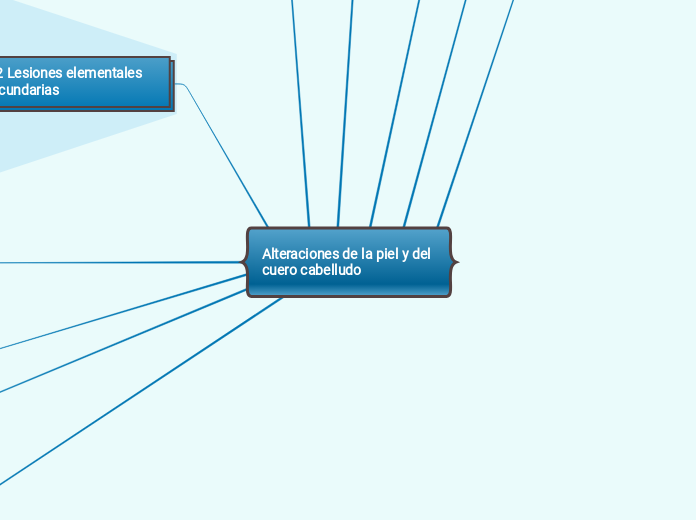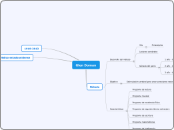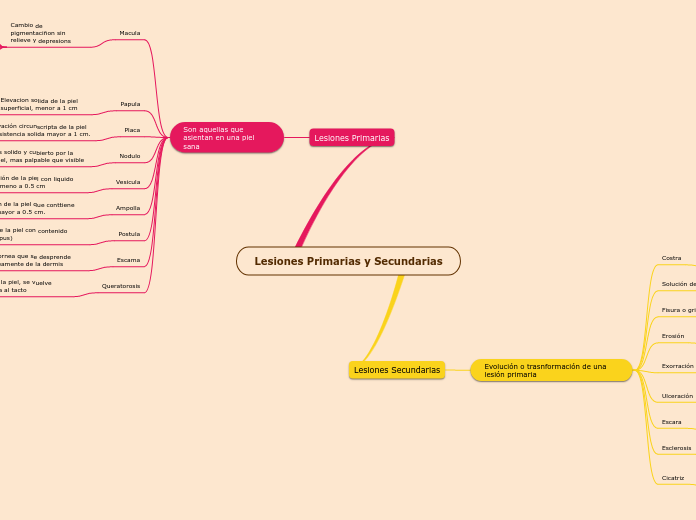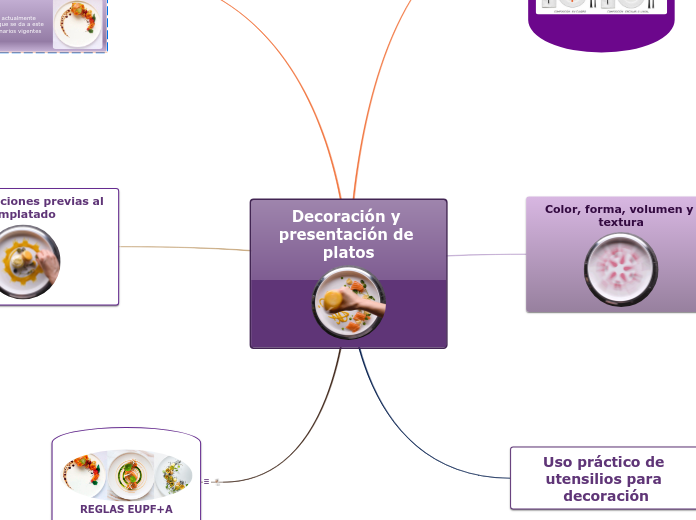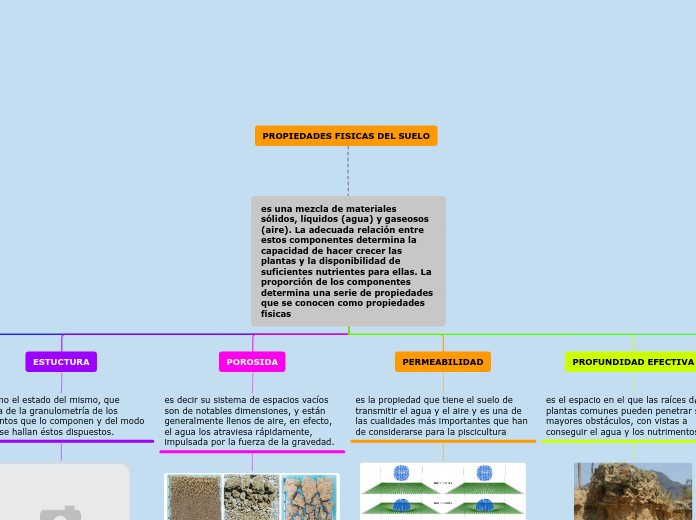Alteraciones de la piel y del cuero cabelludo
The part of speech is a category to which a word is assigned according to its syntactic functions. In English the main parts of speech are noun, pronoun, adjective, determiner, verb, adverb, preposition, conjunction, and interjection.
1.6 Otros signos
A noun is defined as a person, place, thing or idea. Proper nouns always begin with a capital letter. Common nouns, which are general words, such as 'cars,' are not capitalized.
Fenómeno de Koebner
A noun which refers to a group of things/people.
Signo de Darier
Countable nouns are nouns that can be counted, even if the number might be extraordinarily high.
Uncountable nouns are nouns that come in a state or quantity which is impossible to count; liquids are uncountable, as are things which act
like liquids.
Dermatografismo
Proper nouns are the names of specific people or places. They should always begin with a capital letter.
1.5 Color y pigmentación
A verb is an action word or 'doing' word that signifies movement in some way.
Lesiones claras o blanquecinas
Lesiones pardas/negras
Uñas verdes
An auxiliary verb helps the main (full) verb and is also called a 'helping verb.' With auxiliary verbs, you can write sentences in different tenses, moods, or voices.
Piel amarilla
A participle is a verb form that can be used as an adjective or to create a verb tense. There are two types of participles: Present participle (ending -ing) and Past participle (usually ending -ed, -d, -t, -en, or -n).
Piel violeta
A modal is a type of auxiliary (helping) verb that is used to express: ability, possibility, permission or obligation. The main modal verbs in the English language are: can, could, may, might, must, shall, should, will, would.
Piel anaranjada
A linking verb connects the subject with a word that gives information about the subject, such as a condition or relationship.
Piel roja
A verb with its own meaning: a verb that is not an auxiliary verb.
1.4 Textura
A conjunction is a word like 'if' 'but' or 'and' which is used to connect sentences or clauses together.
Liquenificadas
Subordinating conjunctions are conjunctions that are used at the beginning of subordinate clauses. Some examples of these conjunctions are: although, after, before, because, how, if, once, since, so that, until, unless, when etc.
Verrugosas
Coordinating conjunctions always connect phrases, words, and clauses. They are: for, and, nor, but, or, yet, so.
Subtopic
1.3 Forma, ubicación y distribución
A preposition is one of the most exciting parts of grammar. A preposition is used to describe the location of something in relation to something else.
Serpiginosas
When a preposition consists of more than one word, it is called double preposition.
Herpetiformes
Zosteriformes
Reticuladas
Anulares
Compound preposition consists of two or more words.
Lineales
When a preposition consists of one word it is called single or simple preposition.
1.2 Lesiones elementales secundarias
An interjection is used to express emotion in a sentence.
Think of other interjections!
Lesiones secuelas de otras
Cicatrices
Atrofia
Lesiones temporales por modificación de lesiones primitivas
Costras
Escamas
Lesiones por pérdida de sustancia
Úlceras
Fisuras
Heridas
Erosión o abrasión
1.1 Tipos y tamaño de lesiones primarias
An adverb is used to describe a verb, but it can also describe an adjective or another adverb.
Adverbs normally help paint a fuller picture by describing how something happens.
Lesiones especiales
The intensifiers strengthen adverbs adjectives and adverbs and down- toners make them weaker.
Comedón
Vegetación
Millium
Queratosis
Telangiectasias
Máculas
Hematoma o equimosis
Púrpuras
Petequias
Manchas por alteración de vasos sanguíneos
Manchas pigmentarias
Lesiones con contenido semisólido-líquido
Quiste
Absceso
Pústulas
Ampollas
Vesículas
Lesiones sólidas-semisólidas
Tumor
Nódulos
Placas
Roncha o habón
Pápula
1. Lesiones elementales de la piel
A numeral is a word or phrase that describes a numerical quantity.
Some theories of grammar use the word 'numeral' to refer to cardinal numbers that act as a determiner to specify the quantity of a noun, for example the 'two' in 'two hats'.
Textura y características de la superficie
Color y pigmentación
Bordes y contorno
Forma, ubicación y distribución
Tipo y tamaño
2.2 Dermatitis de contacto irritativa y alérgica
An article is a word used to modify a noun, which is a person, place, object, or idea. Technically, an article is an adjective, which is any word that modifies a noun.
Reacción de hipersensibilidad
Indefinite articles are the words 'a' and 'an.' Each of these articles is used to refer to a noun, but the noun being referred to is not a specific person, place, object, or idea. It can be any noun from a group of nouns.
Reacción irritativa
It refers directly to a specific noun or groups of nouns.
2.1 Tipos de eccemas
A pronoun is a word that can be used in place of a noun, typically after the noun itself has already been stated.
Según su origen
Possessive pronouns are used to show possession. The possessive pronouns are mine, yours, his, hers, ours, and theirs.
Exógenos
Endógenos
Según su evolución
The personal pronouns are I, you, he, she, it, we, they. More often than not (but certainly not always), they replace nouns representing people.
Crónico
Subagudo
Agudo
2. Eccema, dermatitis contacto y reacciones urticariales
An adjective is a word that's used to describe a specific noun and to provide more detail to the listener.
